Solar energy systems for farms offer an important solution to reduce energy costs and ensure sustainable production. Using solar energy directly for electricity generation reduces farms’ dependence on the power grid. Even during periods of intense agricultural activity, they provide uninterrupted energy, offering major advantages both economically and environmentally.
These systems are used in many areas such as water pumping on farms, heating animal shelters, lighting greenhouses, and running electric equipment. Solar panels can be installed on farm roofs or open areas. These systems, which convert sunlight into electrical energy, can meet energy demand throughout the day and allow excess energy to be stored for nighttime use. This helps farms carry out daily operations smoothly.
Although the installation cost of solar energy systems appears high at first, they pay for themselves in the long run through reductions in energy bills. In addition, government incentives and renewable energy support programs can further ease investment costs. Especially in rural areas where electrical infrastructure is insufficient, the use of solar energy provides great convenience and supports sustainability in agricultural production.
What Are Solar Energy Systems on Farms and How Do They Work?
Solar energy systems on farms are renewable energy solutions that make agricultural activities sustainable by converting sunlight into electrical energy. Sunlight collected through solar panels is converted directly into electricity, and this energy is used to operate various equipment on the farm. These systems eliminate dependence on the power grid and offer great advantages, especially in rural regions with limited electrical infrastructure.
These systems basically consist of solar panels, an inverter, batteries, and a charge controller. Solar panels convert sunlight directly into electric current. The inverter converts this current into AC electricity that can power devices used on the farm. Batteries store the energy produced and allow it to be used even at night or on cloudy days. The charge controller ensures the batteries are charged safely and prevents system overload.
On farms, solar energy systems are used in many areas such as operating irrigation pumps, lighting greenhouses, and heating and cooling animal shelters. In addition, many devices that require energy—such as electric equipment, feed mixers, and milking systems—can be run uninterruptedly thanks to these systems. In this way, energy costs are reduced and environmentally friendly production is achieved.
Advantages of Solar Energy Systems on Farms
Using solar energy systems on farms provides both economic and environmental benefits. While reducing electricity bills, it offers a sustainable energy source and eliminates external dependence. Especially in rural areas where electrical infrastructure is inadequate, these systems ensure uninterrupted energy and secure production processes.
Advantages of Solar Energy Systems on Farms:
- Low Energy Cost: Significantly reduces electricity bills.
- Uninterrupted Energy Source: Produces energy as long as there is sunlight and, with storage, can be used even at night.
- Environmentally Friendly: Reduces fossil fuel consumption and carbon emissions.
- Ease of Installation: Can be installed on farm roofs, open fields, or mobile structures.
- Low Maintenance Requirement: Solar panels are long-lasting and require little maintenance beyond regular cleaning.
- Opportunity to Benefit from Government Incentives: Cost advantages can be gained through renewable energy supports.
- Automated Use: Systems can be efficiently managed with automatic control.
Solar energy systems support the sustainability of agricultural activities on farms. They increase profitability by reducing energy costs in both crop production and livestock operations. At the same time, they minimize negative environmental impacts and contribute to nature through green energy.
Applications of Solar Energy in Agricultural Production
In agricultural production, solar energy has a wide range of applications to reduce energy costs and increase sustainability. Electricity generated by solar panels is used in many areas, from irrigation systems to climate control in greenhouses, from lighting animal shelters to operating feed mixing machines. The fact that the energy source is renewable and environmentally friendly minimizes farms’ environmental impacts while increasing the efficiency of production processes.
Applications of Solar Energy in Agricultural Production:
- Solar Irrigation Systems: Irrigation is carried out from water sources without energy cost thanks to solar-powered pumps.
- Heating and Lighting of Greenhouses: Provides the heat and light necessary for plant growth in greenhouses.
- Animal Shelters: Lights and heats chicken coops, milking areas, and other shelters.
- Water Storage and Pumping: Draws water from ponds or groundwater for irrigation.
- Powering Agricultural Equipment: Operates feed mixers, milking systems, and other electric equipment.
- Electricity Storage: Solar energy can be stored in batteries for use at night or on cloudy days.
- Recycling of Agricultural Waste: Biogas systems can be supported with solar energy.
Using solar energy in agricultural production provides significant benefits both economically and environmentally. Farmers can carry out more eco-friendly and sustainable production while avoiding high electricity costs. In addition, the fact that these systems can be controlled automatically and remotely also reduces labor.
Improving the Efficiency of Solar Energy Systems Used in Agriculture
To increase the efficiency of solar energy systems used in agriculture, proper equipment selection and regular maintenance are of great importance. For solar panels to operate efficiently, they must be set at the correct angle and orientation. Placing them toward the south, where they receive the most sunlight, maximizes energy production. In addition, dust, leaves, and other contaminants that accumulate on the panels should be cleaned regularly to ensure that light reaches the panel surface fully.
Solar tracking systems (solar tracker) can be used to ensure continuity in energy production. These systems track the sun’s movement throughout the day, keeping the panels at the most efficient angle. Especially over large agricultural areas, these systems can increase energy production by 20 to 40 percent. In addition, the capacity of energy storage systems should be correctly determined, and excess solar energy should be stored in batteries for use at night or on cloudy days.
Finally, to increase system efficiency, the inverter and charge controller must be of high quality and appropriate capacity. Inefficient inverters can cause part of the generated energy to be lost. Therefore, it is important to choose inverters that operate efficiently and with the right capacity. In addition, regular maintenance and technical checks should not be neglected to extend the lifespan of solar panels and prevent energy losses. When properly managed, these systems installed in agricultural areas save energy and support sustainable agricultural production.
Use of Solar Energy in Livestock Operations
Using solar energy in livestock operations is an ideal solution to reduce energy costs and ensure sustainable production. The energy needs of lighting barns and coops, operating water heating systems, and running automatic feeding machines can be met with solar energy. Especially in rural areas where electrical infrastructure is inadequate, solar energy makes animal care and feeding processes uninterrupted. Solar panels are placed on roofs or open areas to generate energy, which is stored in batteries for nighttime use.
Solar energy also offers great advantages in operating water pumps in livestock enterprises. In particular, irrigation systems can be supported by solar energy to meet animals’ drinking water needs and ensure hygiene conditions. In addition, ventilation and temperature control of barns can be optimized with solar-powered fans and heating systems. Thus, while the living conditions of animals improve, operating costs are minimized.
Installation Cost of Solar Energy Systems for Farms
The installation cost of solar energy systems for farms varies depending on the system’s capacity, the quality of the equipment used, and the size of the area to be installed. Components such as solar panels, inverters, charge controllers, batteries, and mounting hardware constitute the main elements of the total cost. While a lower-capacity system may be preferred for a small-scale farm, more panels and more powerful inverters may be required to meet the energy needs of large agricultural areas. This is one of the key factors affecting the investment cost.
Another important factor determining installation cost is the type of solar panel. Monocrystalline panels may be more expensive initially because they provide higher efficiency. Polycrystalline panels are more affordable, but their efficiency is slightly lower. In addition, if a solar tracking system (solar tracker) is used, installation cost increases, but energy production rises accordingly. The capacity and quality of the batteries used as the energy storage system is another factor affecting the cost.
Government supports and renewable energy incentives play an important role in reducing the installation cost of solar energy systems for farms. In many countries, grants and low-interest loan opportunities provided to farmers help mitigate investment costs. In addition, since these systems reduce energy bills in the long term and have low maintenance costs, the initial investment pays for itself quickly. Especially in rural areas far from the power grid, solar energy systems are among the most suitable solutions in terms of cost and efficiency.


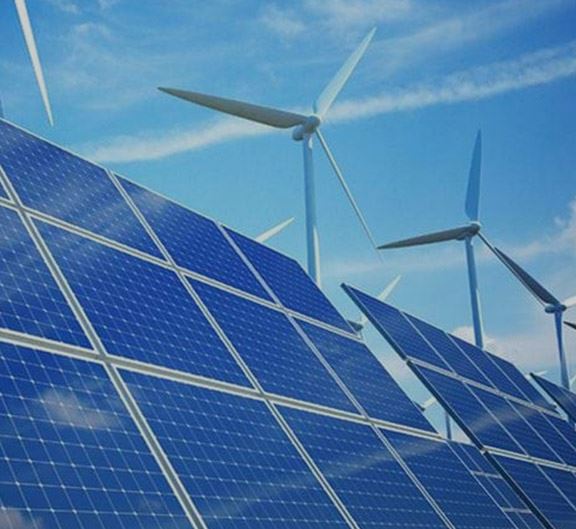

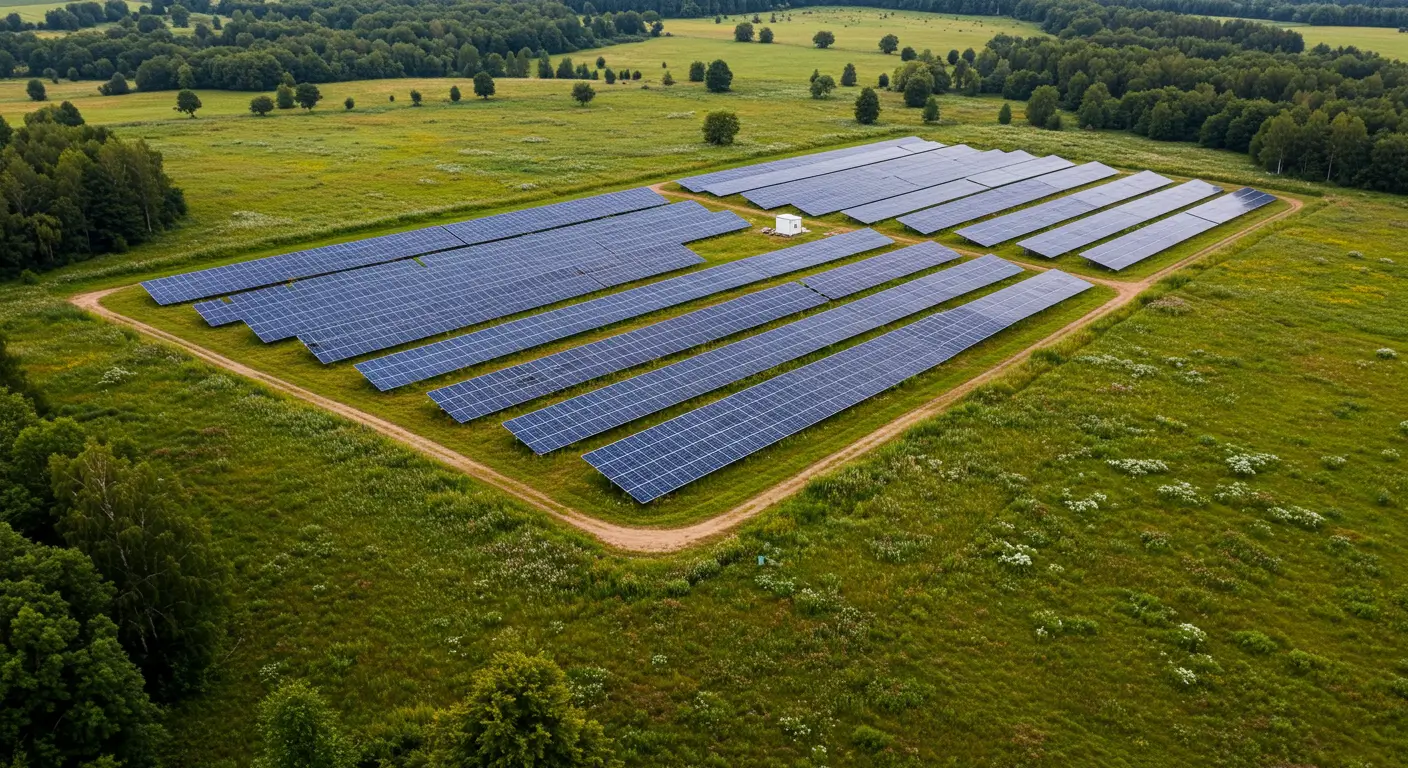
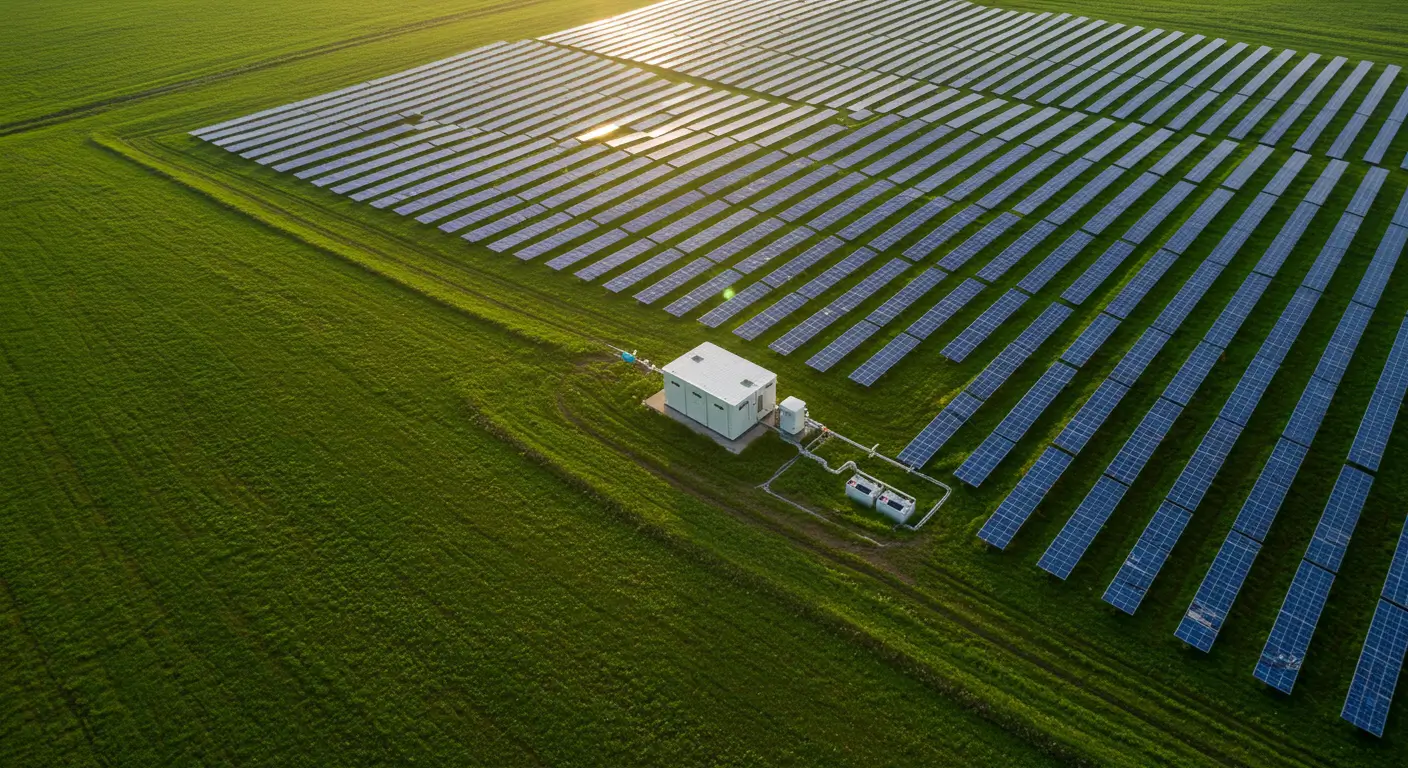
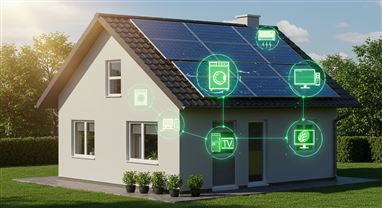
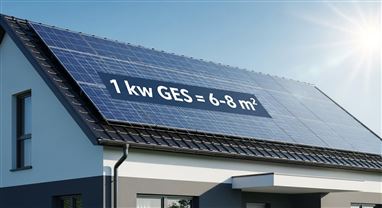
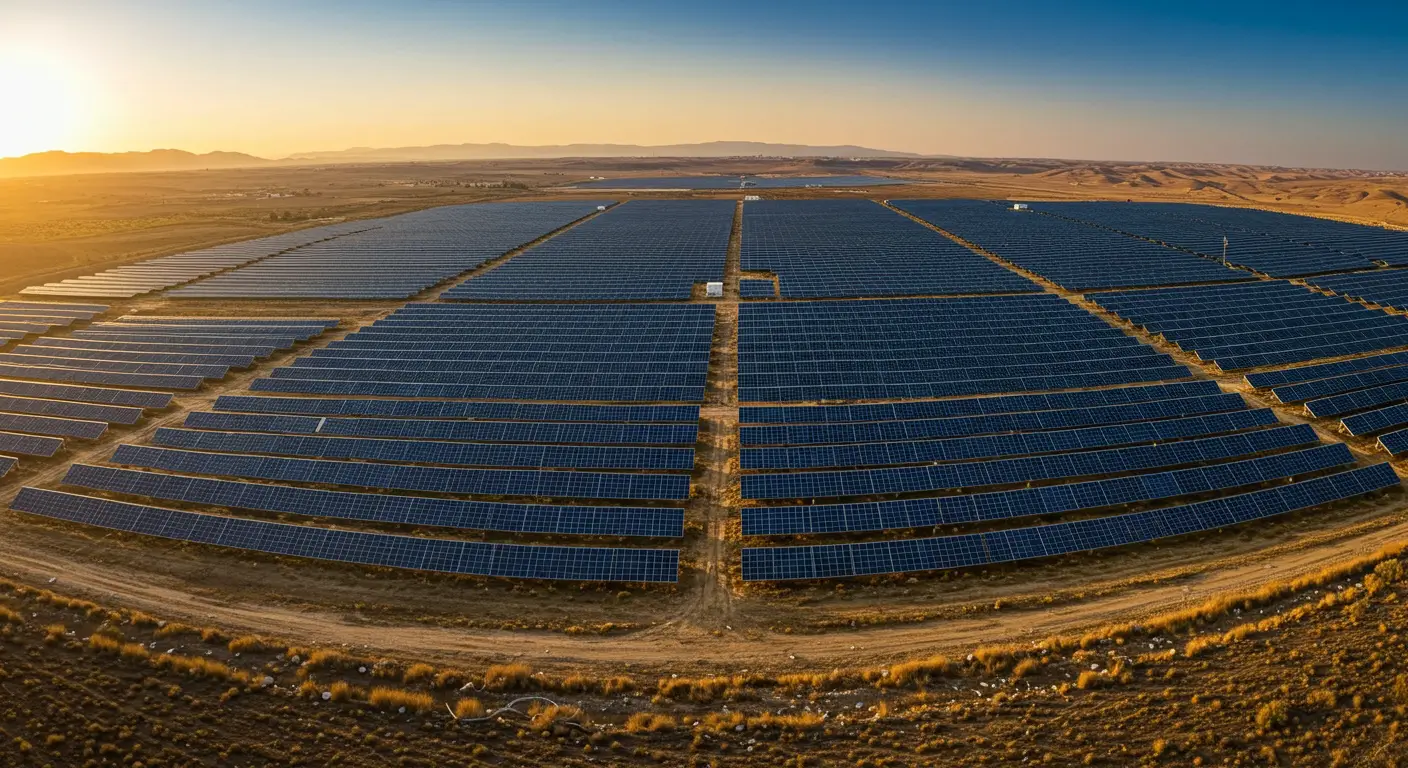
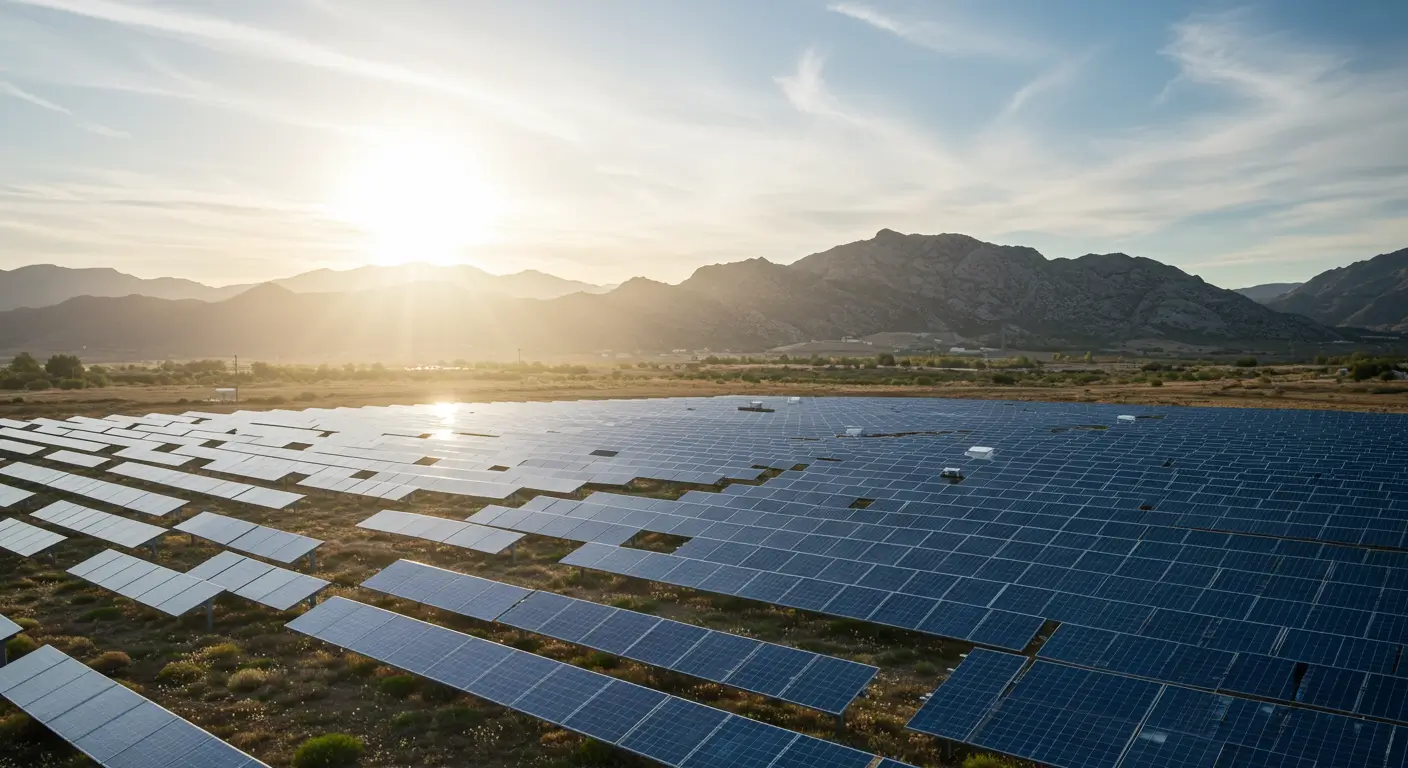
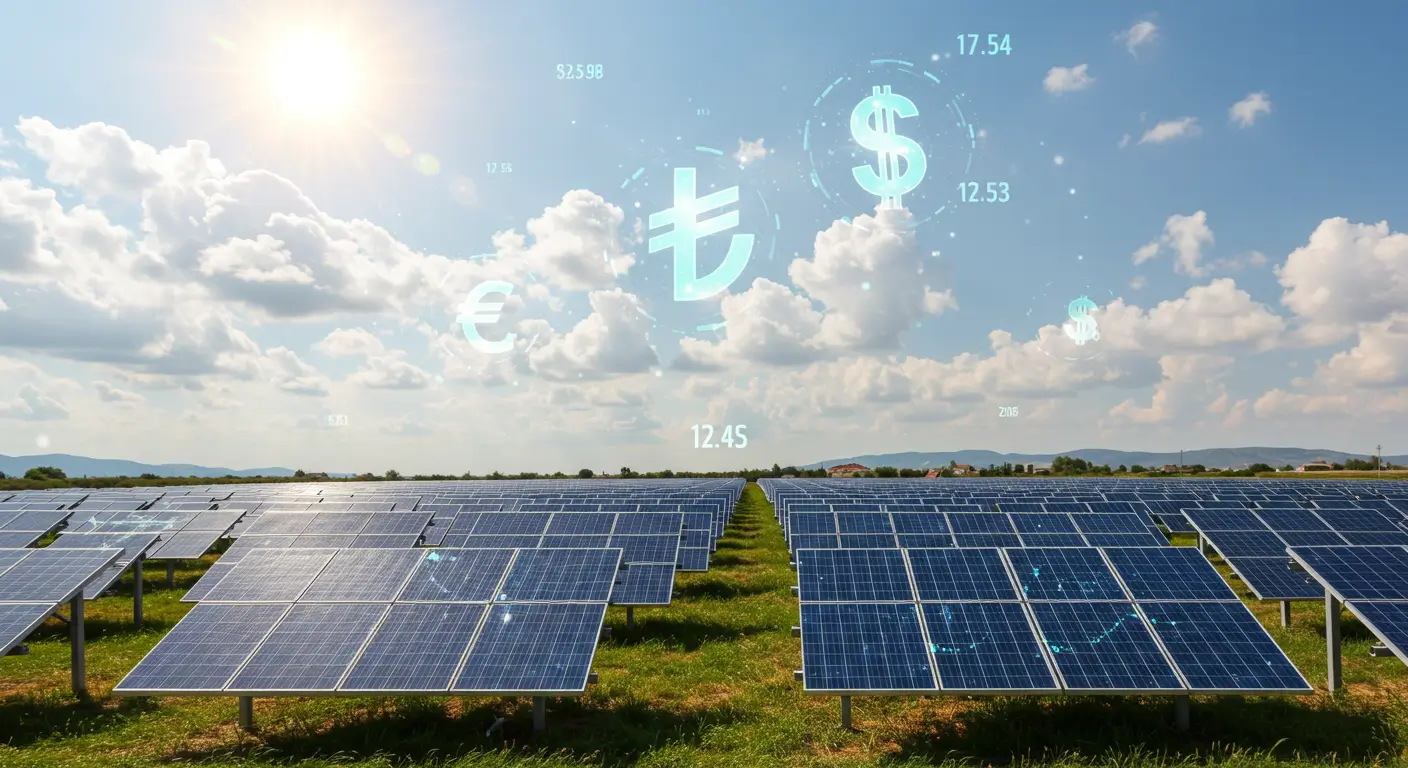
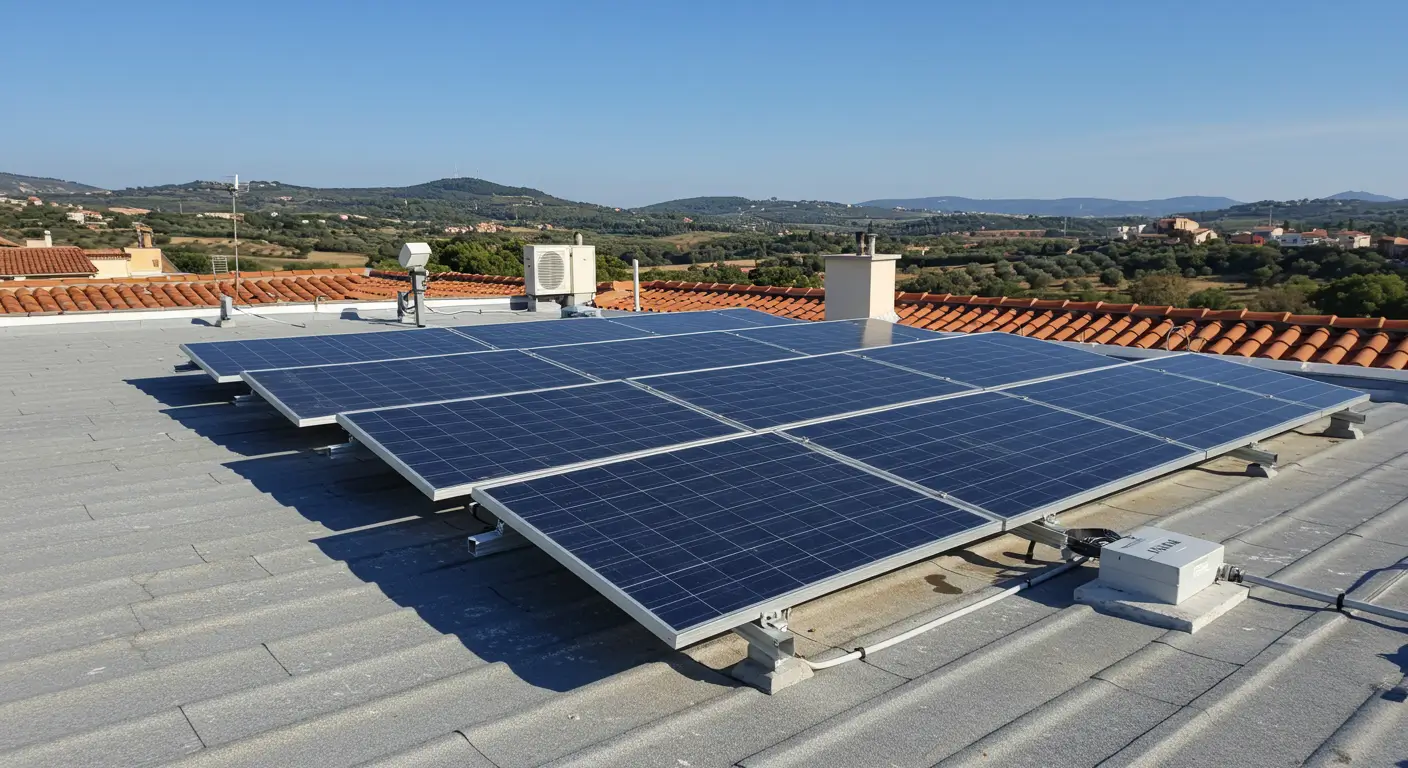
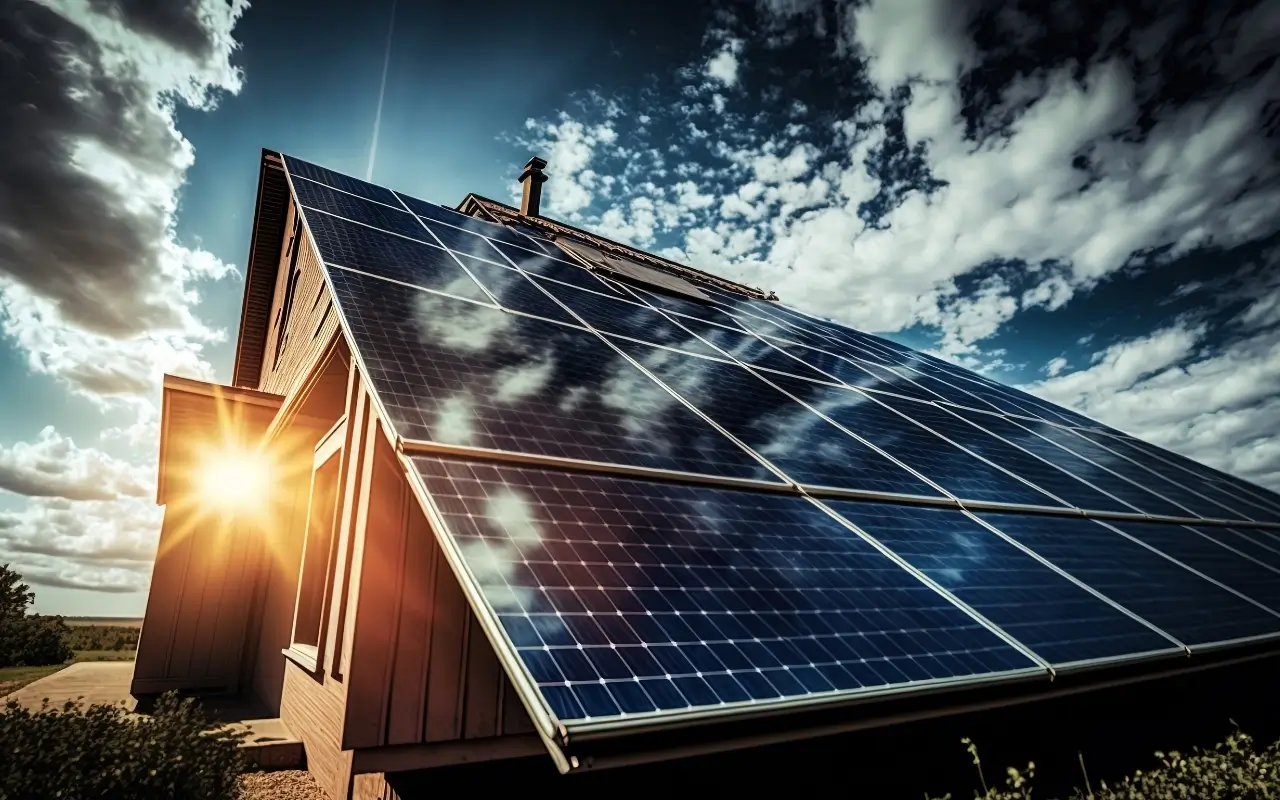
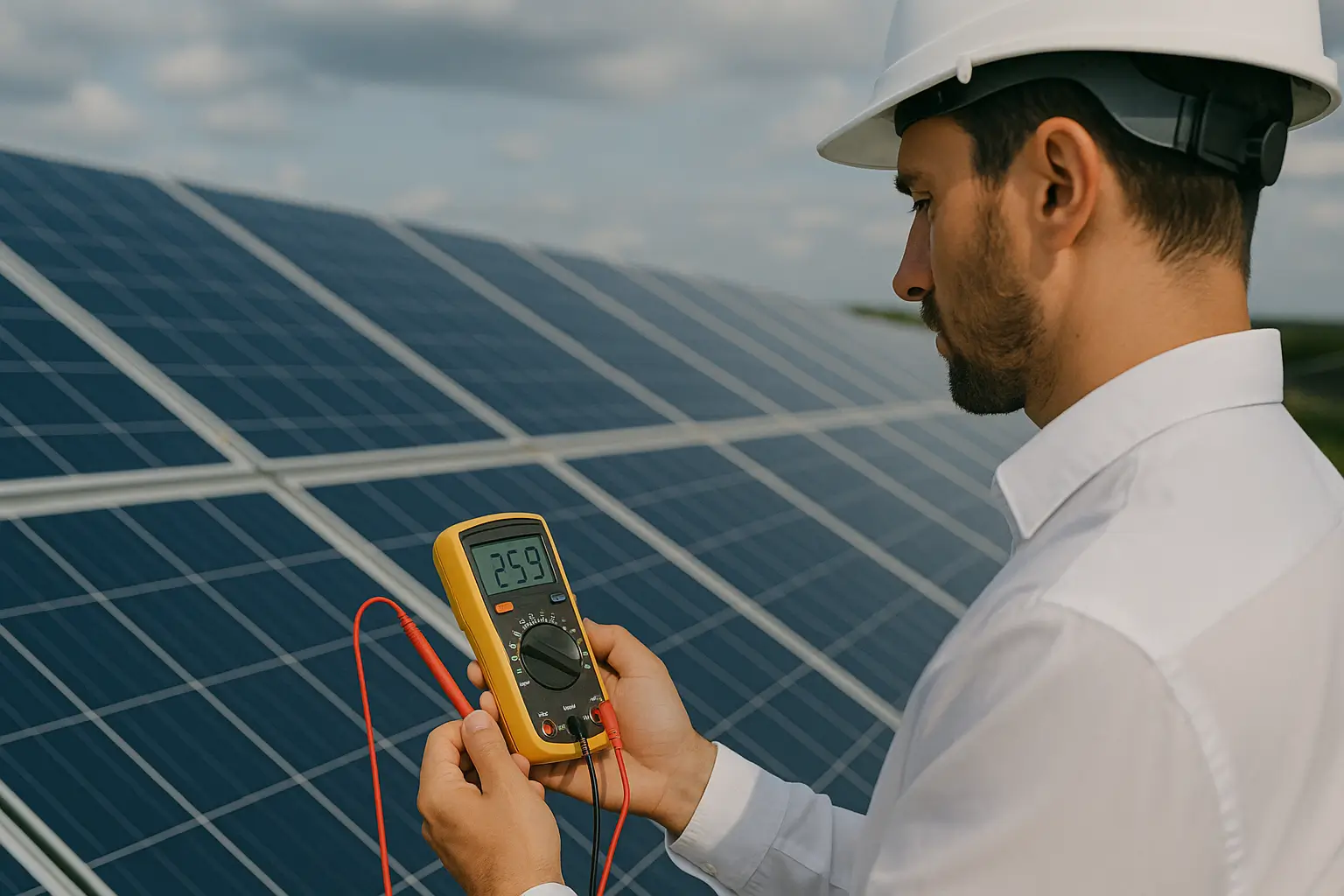
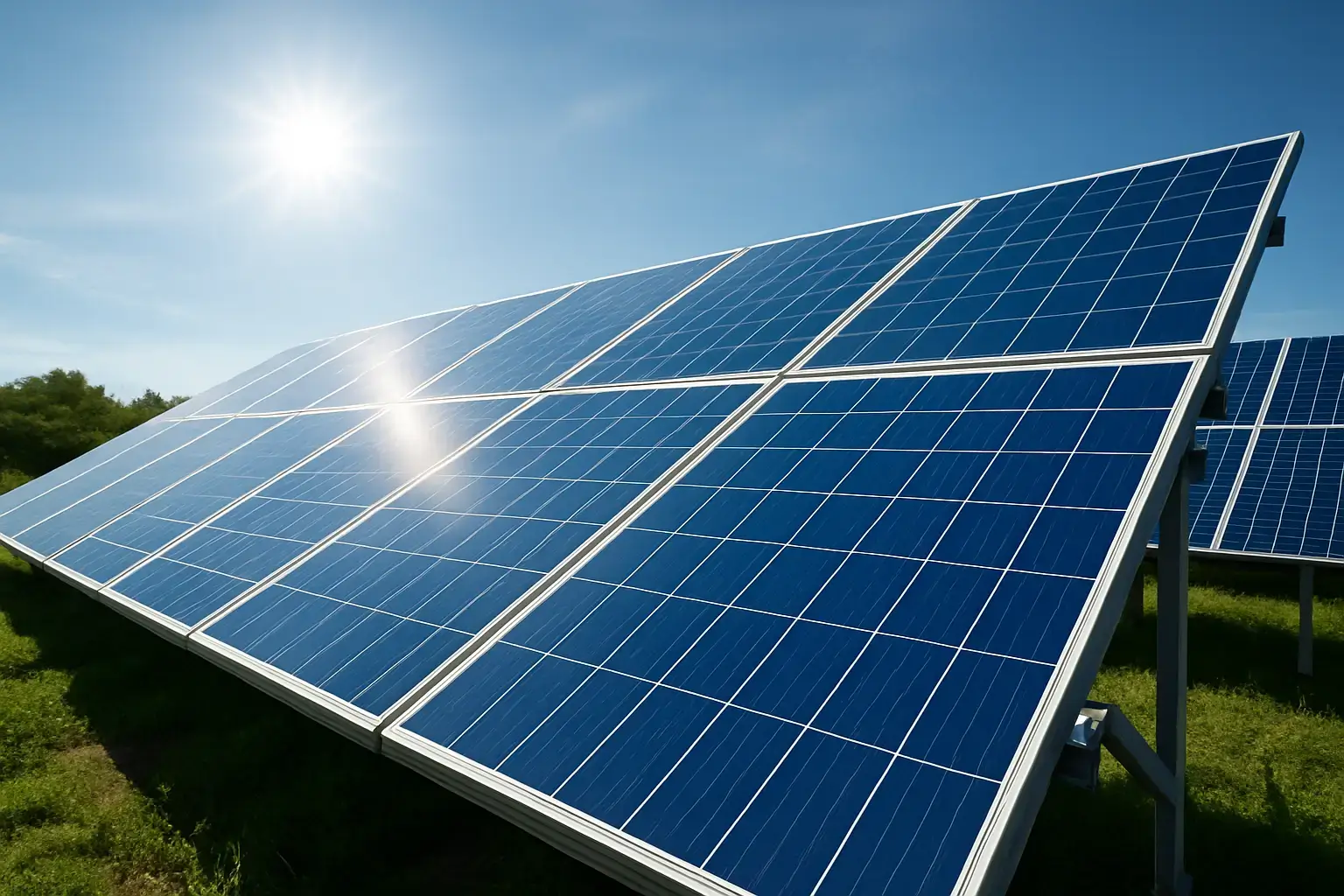
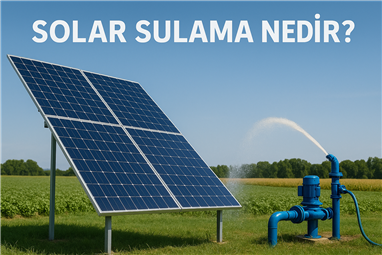
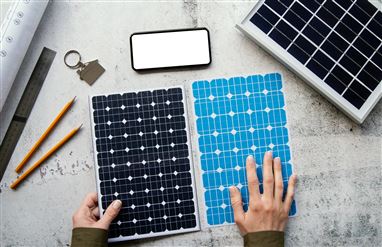
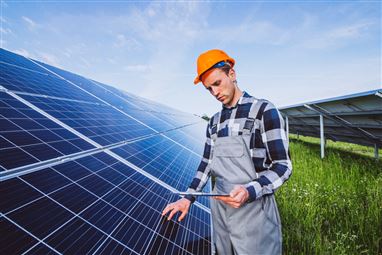
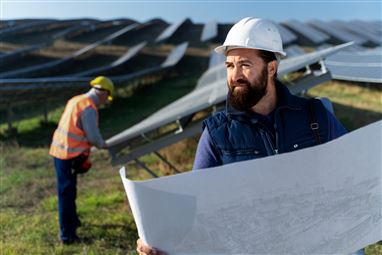
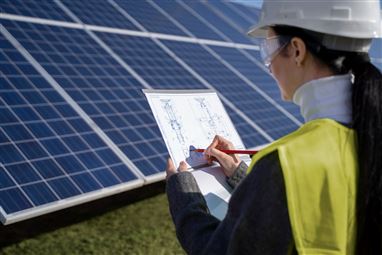
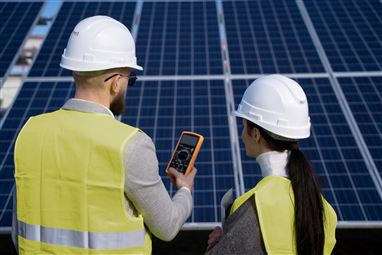
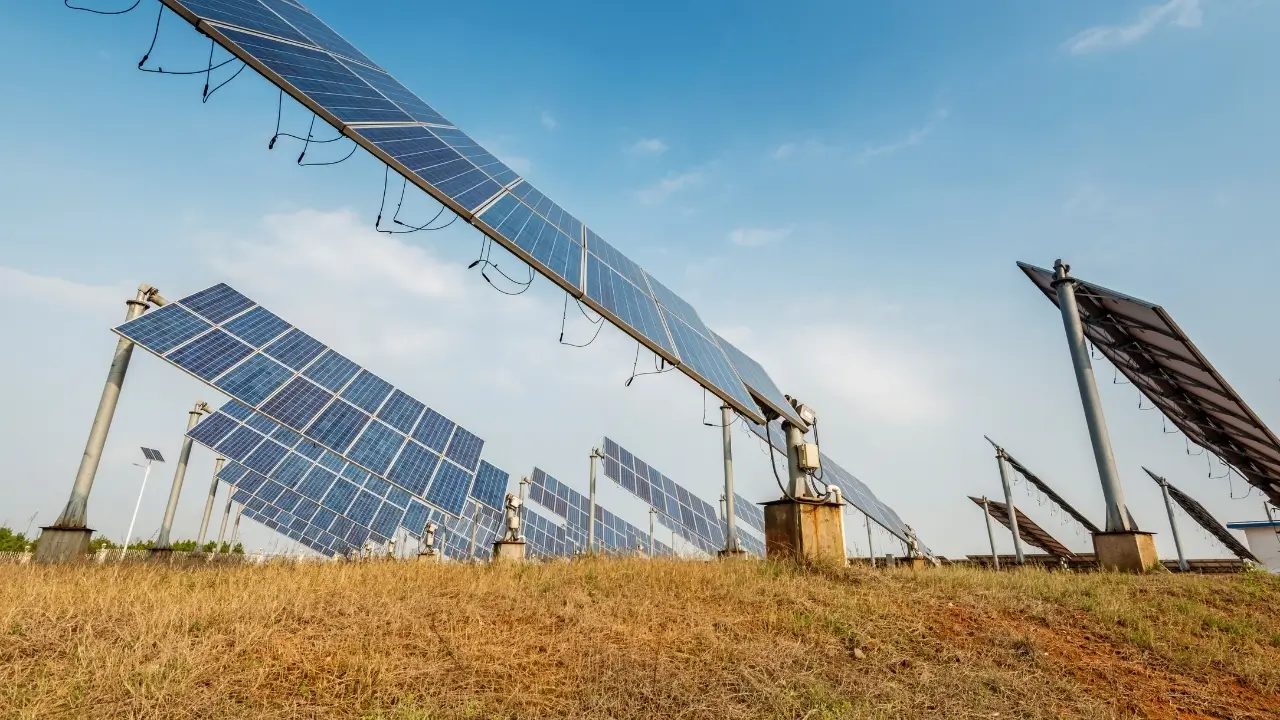
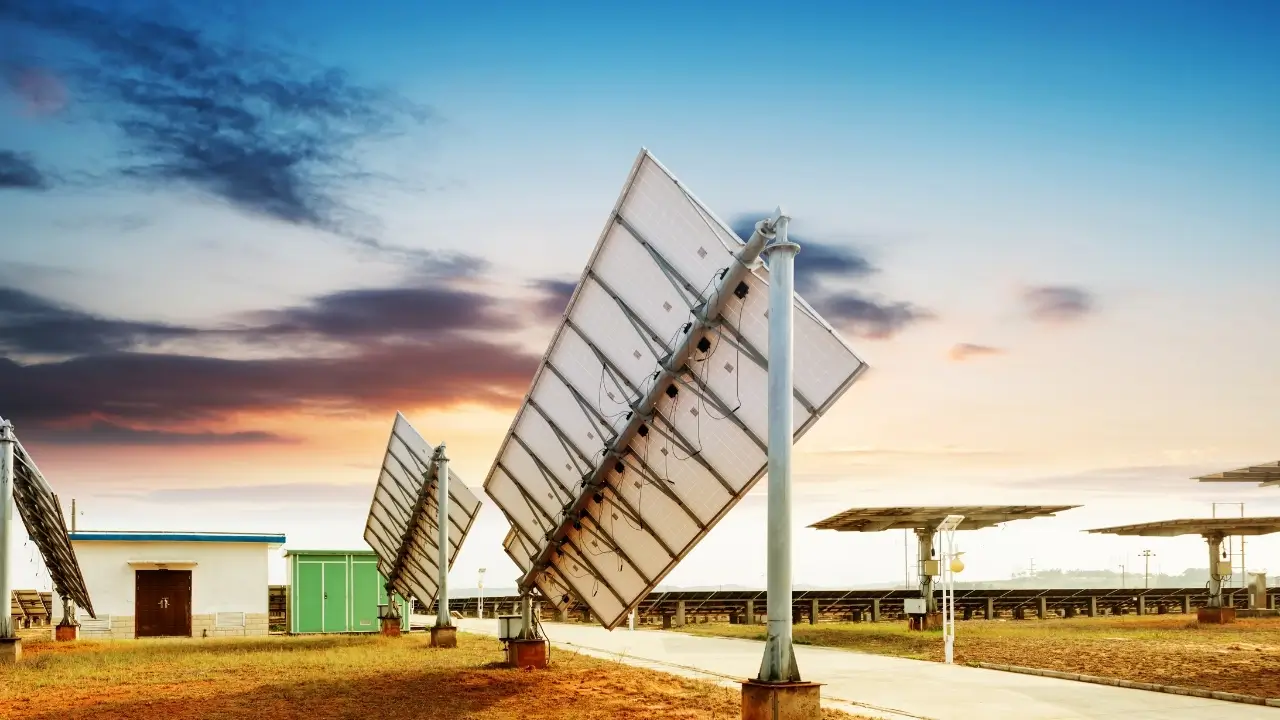
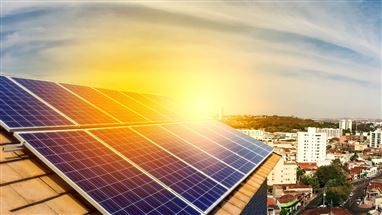
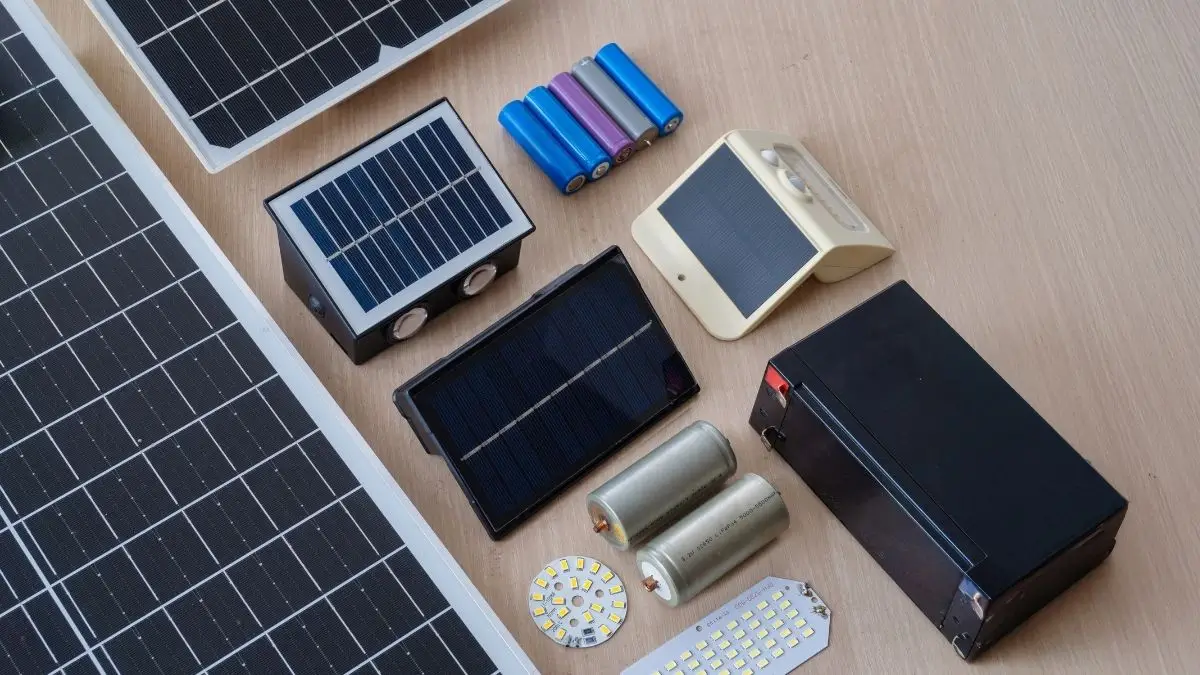
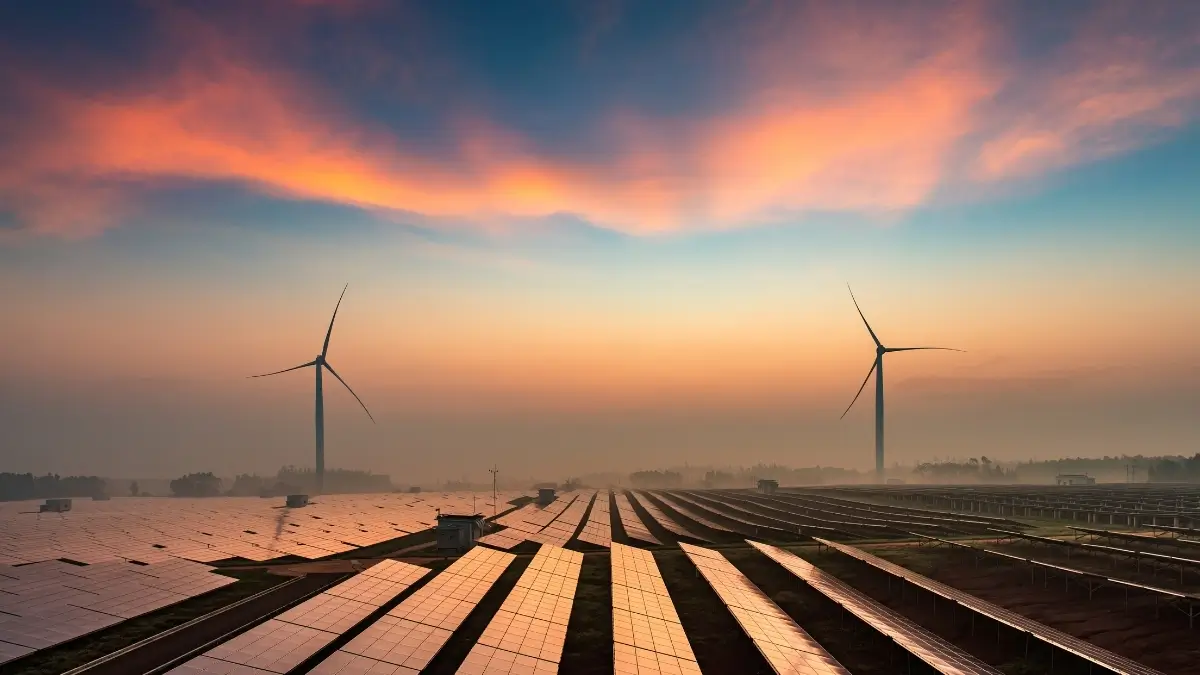
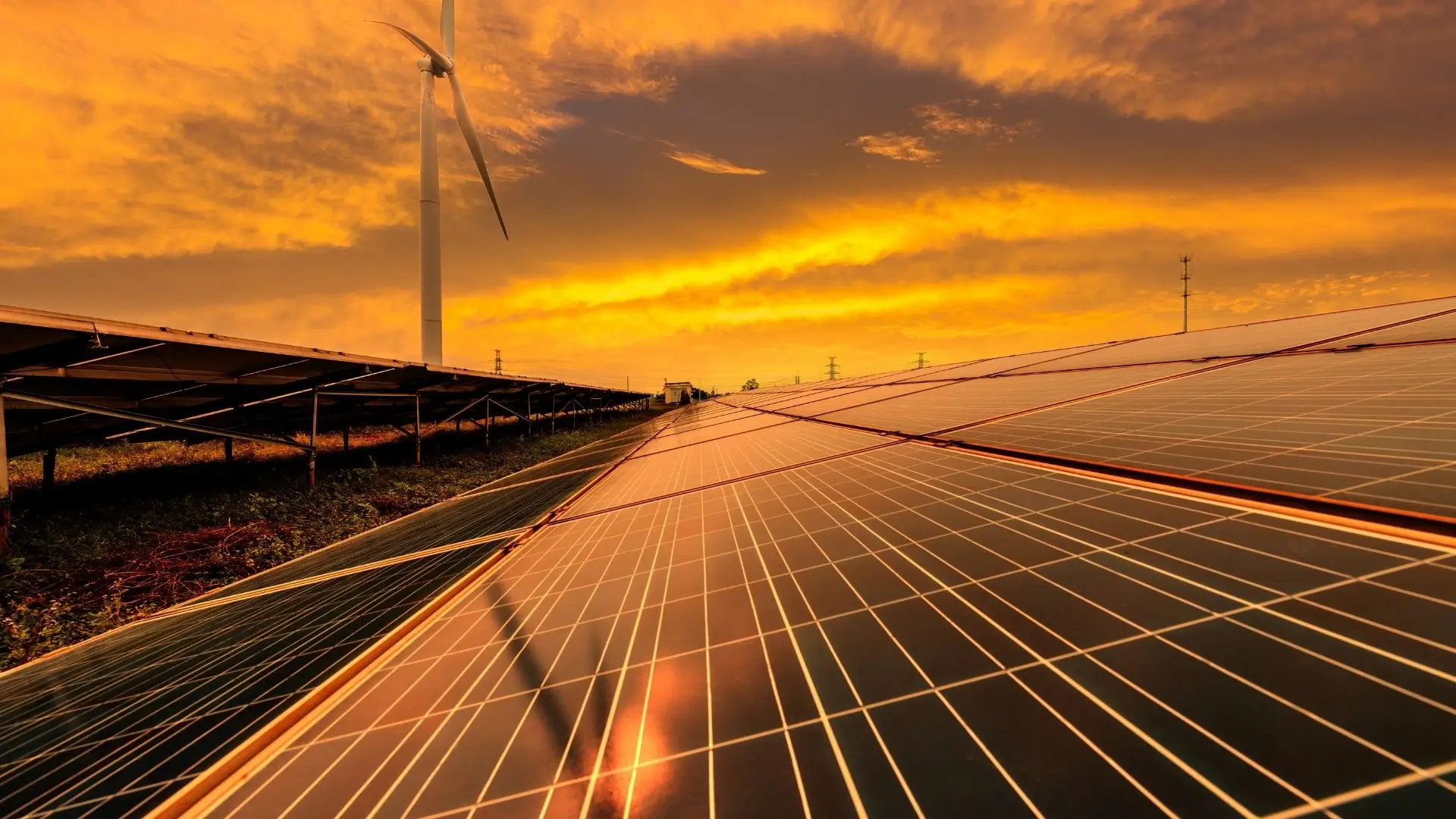
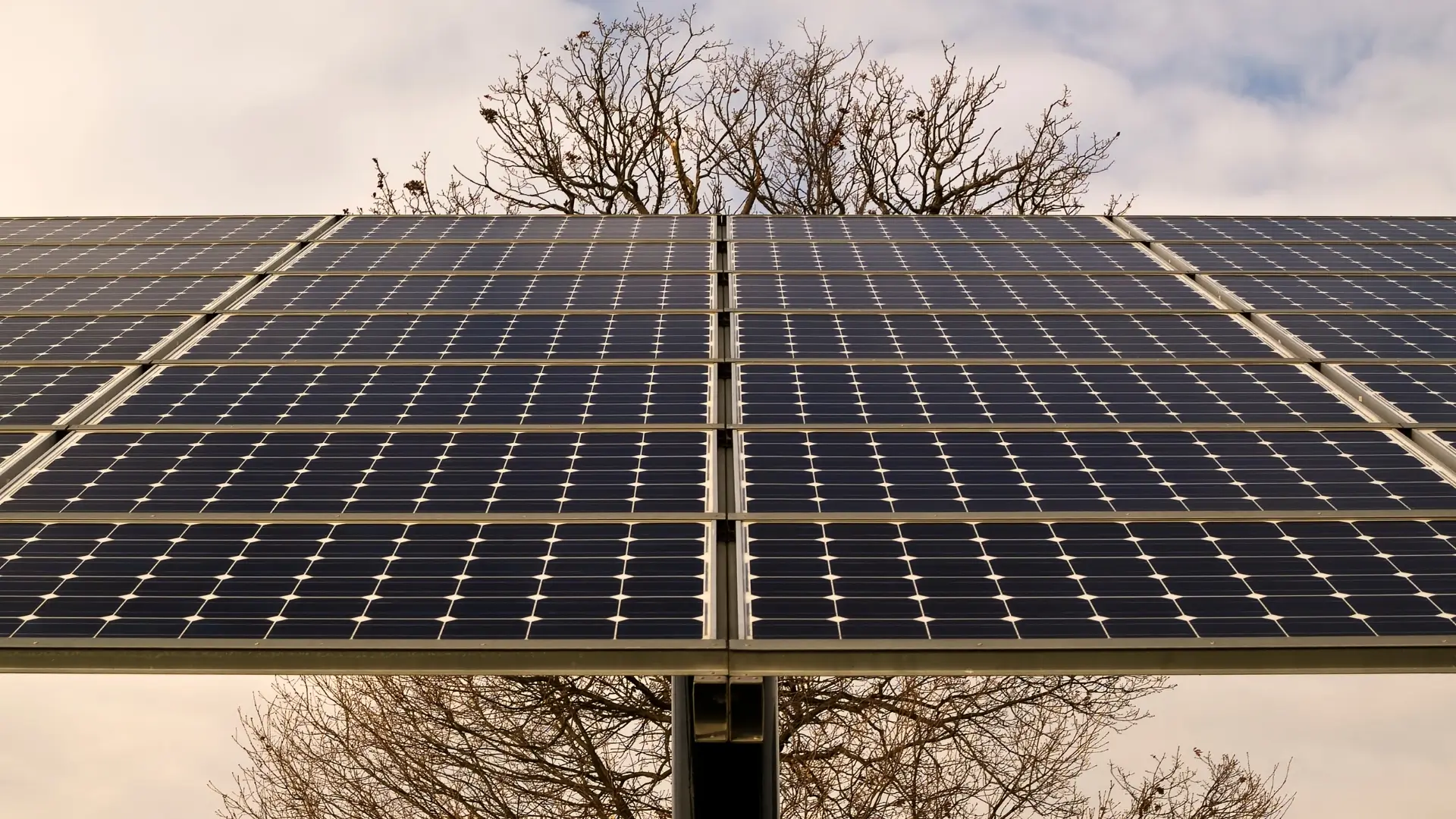
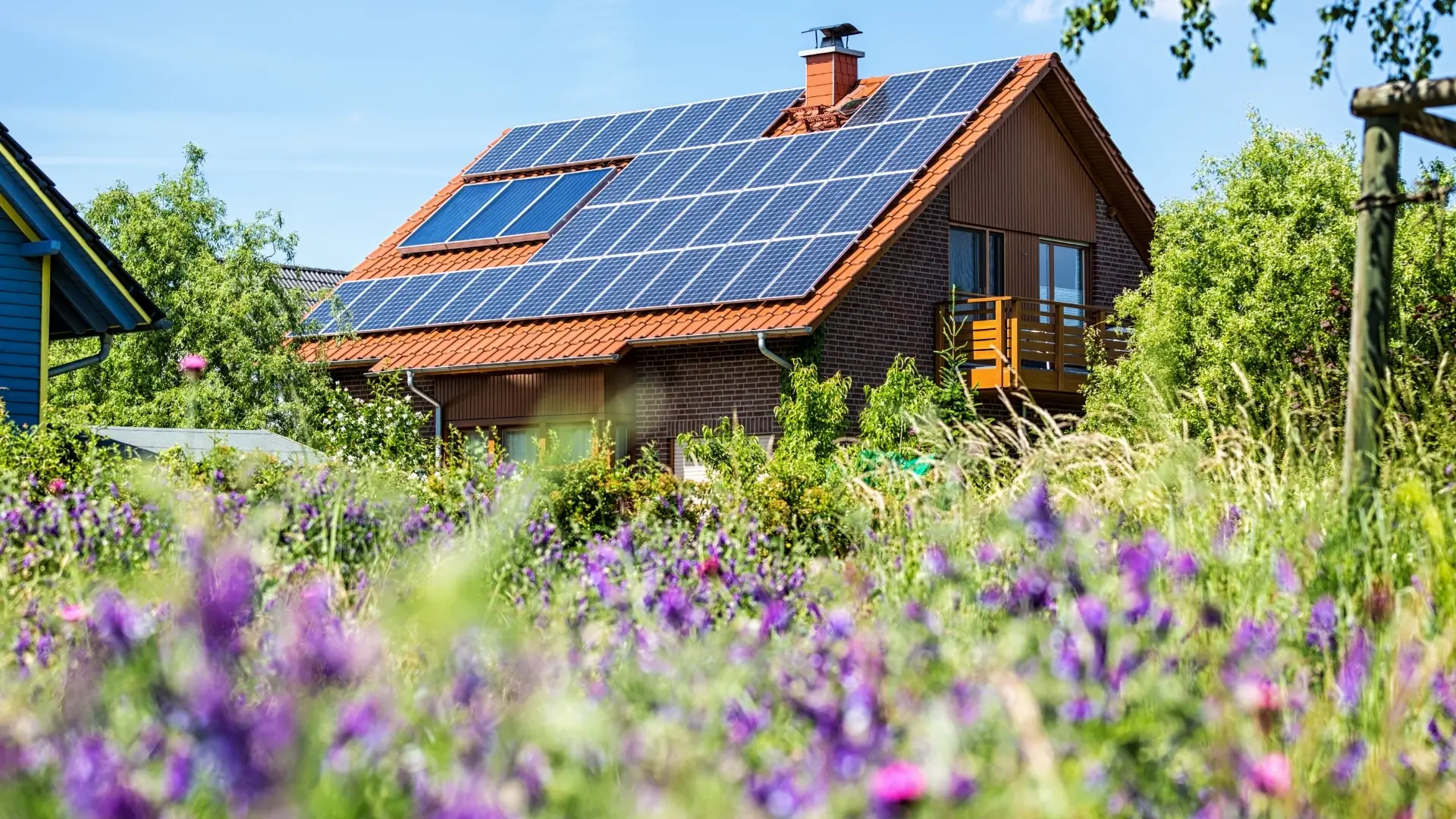
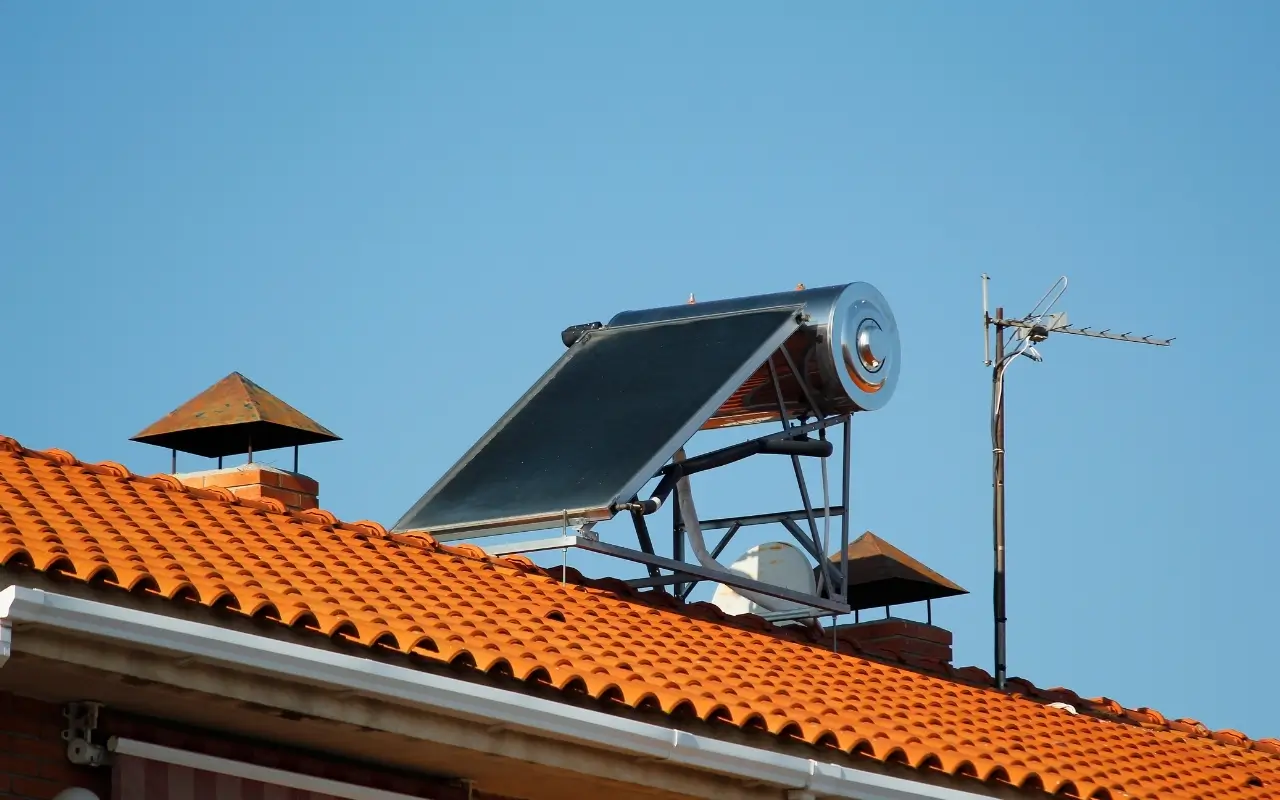
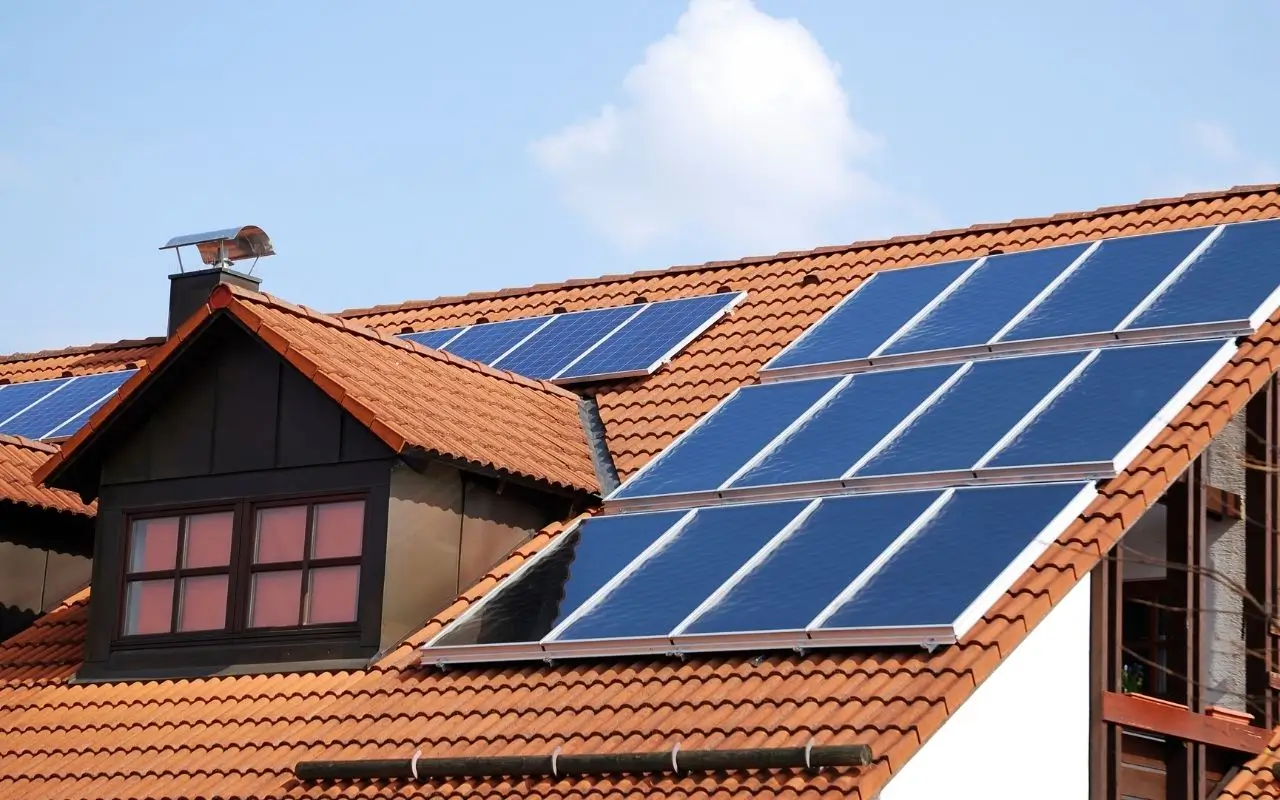
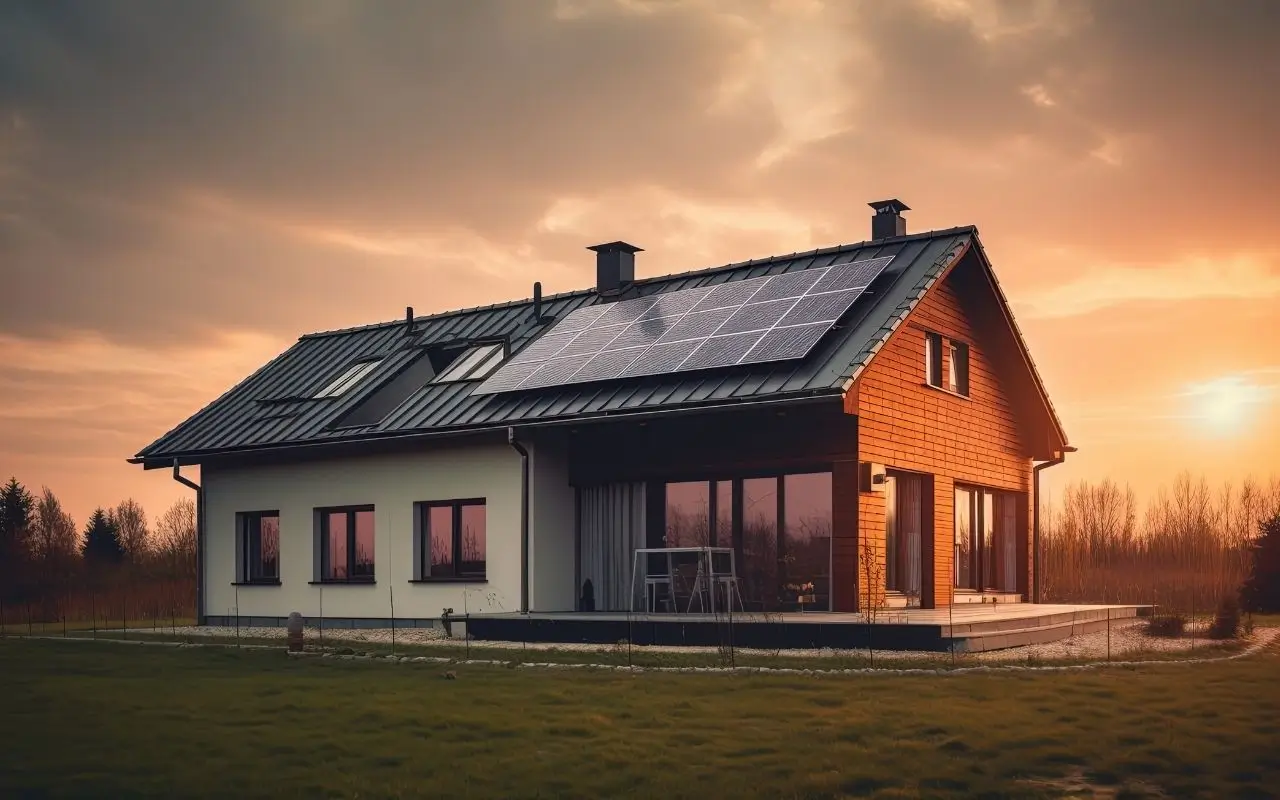
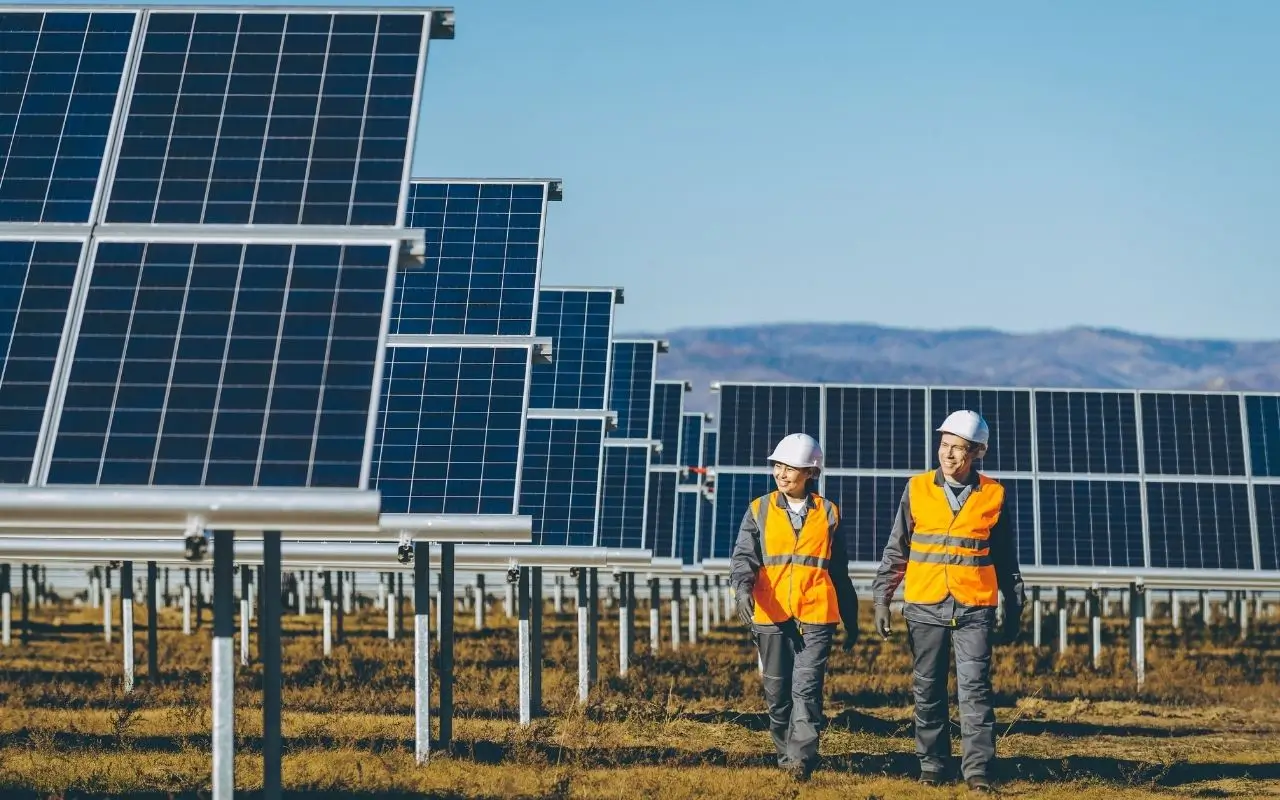
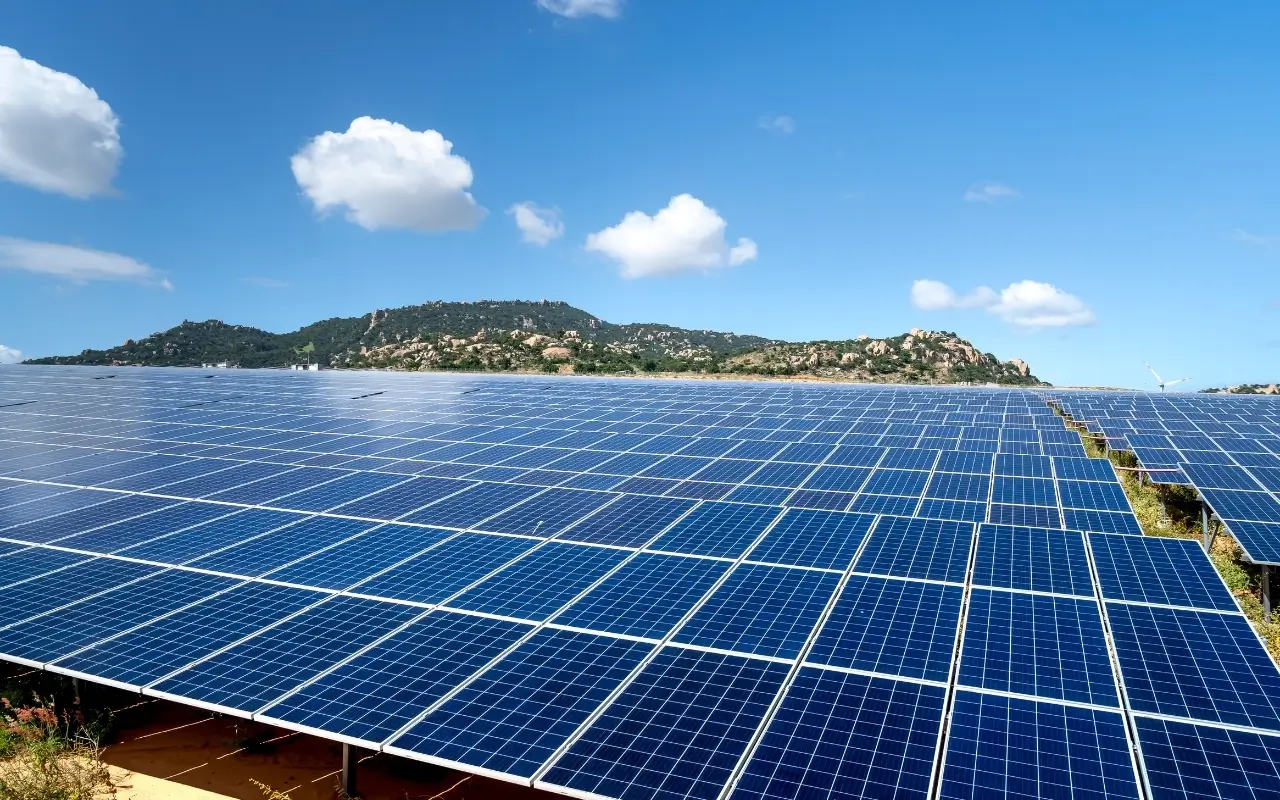
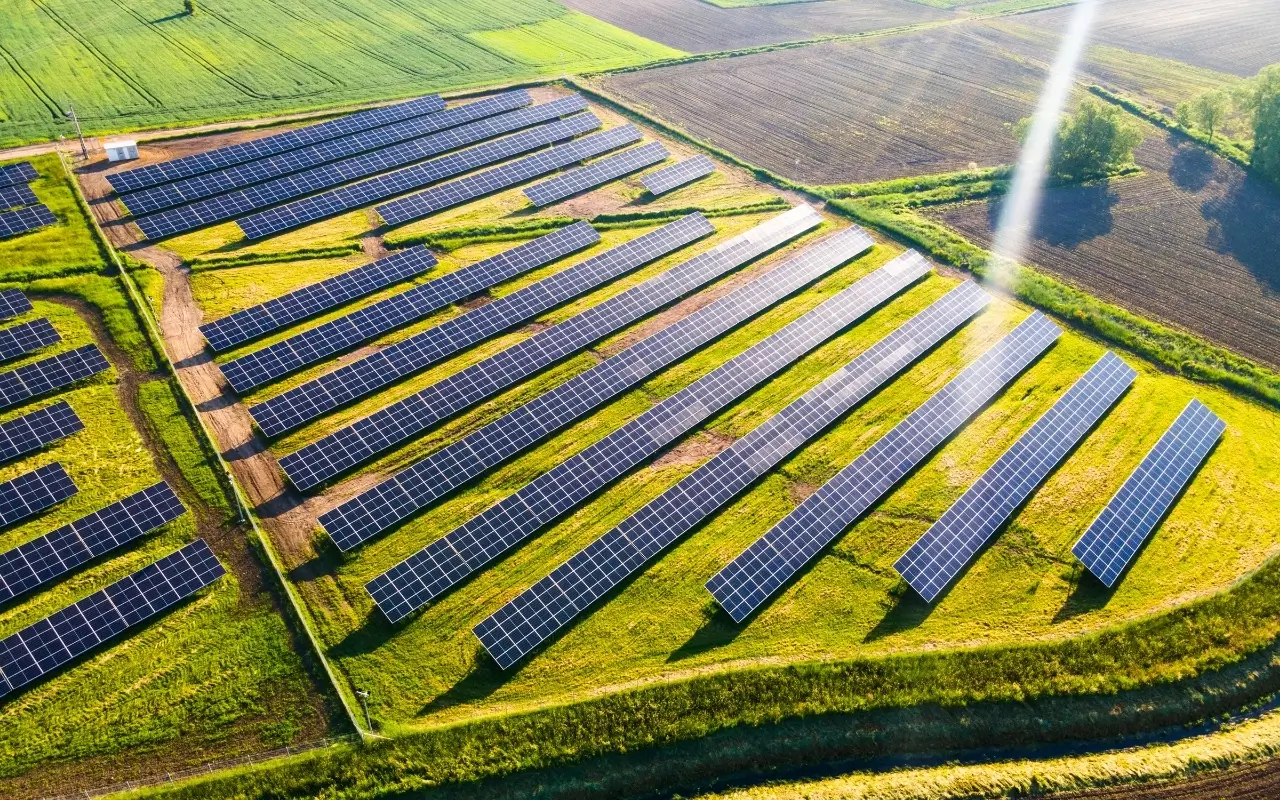
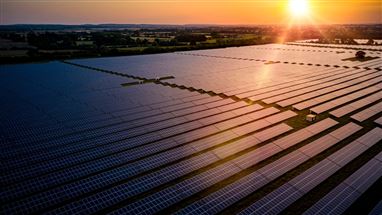
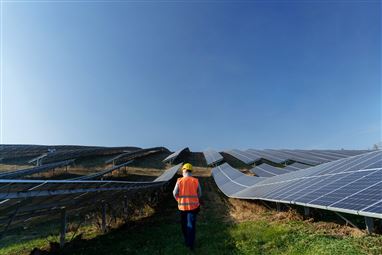
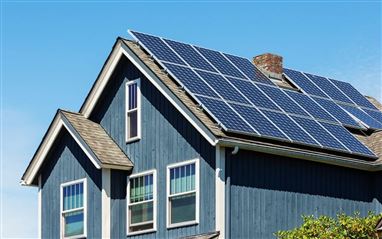
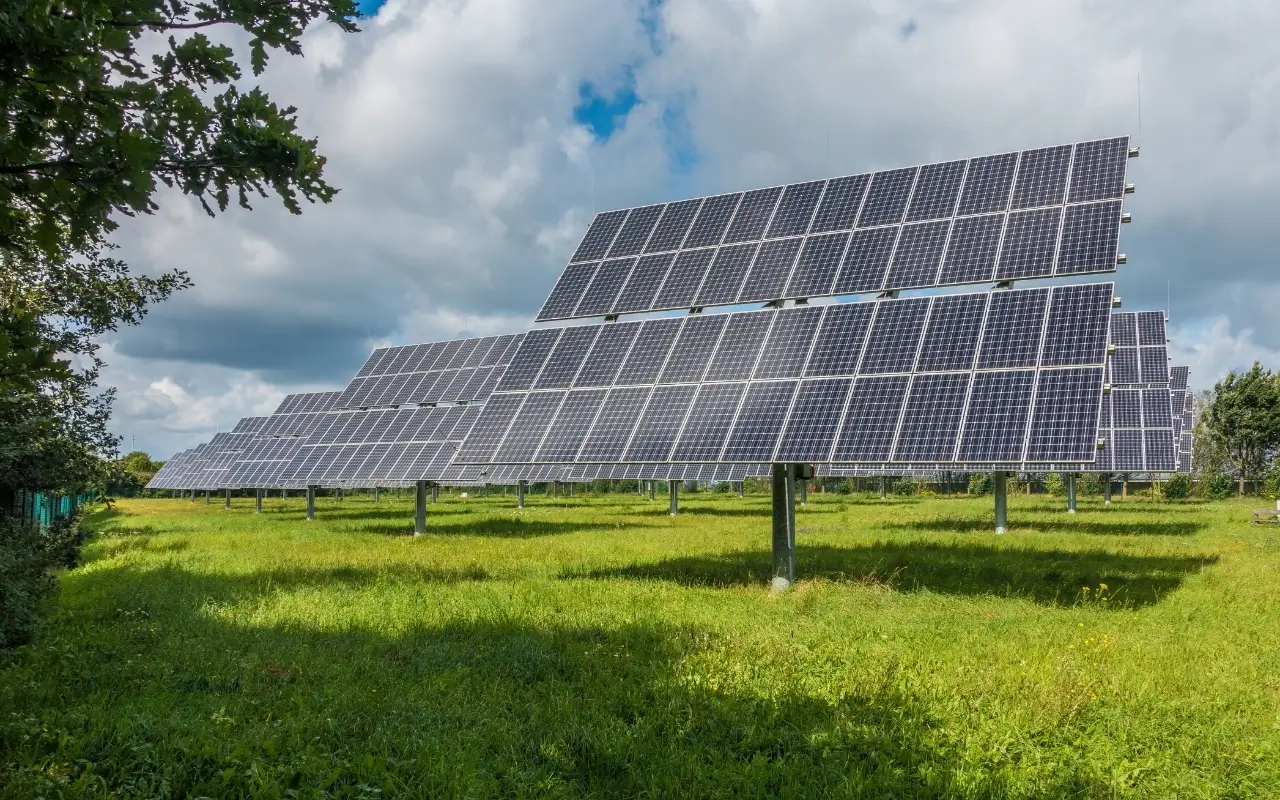
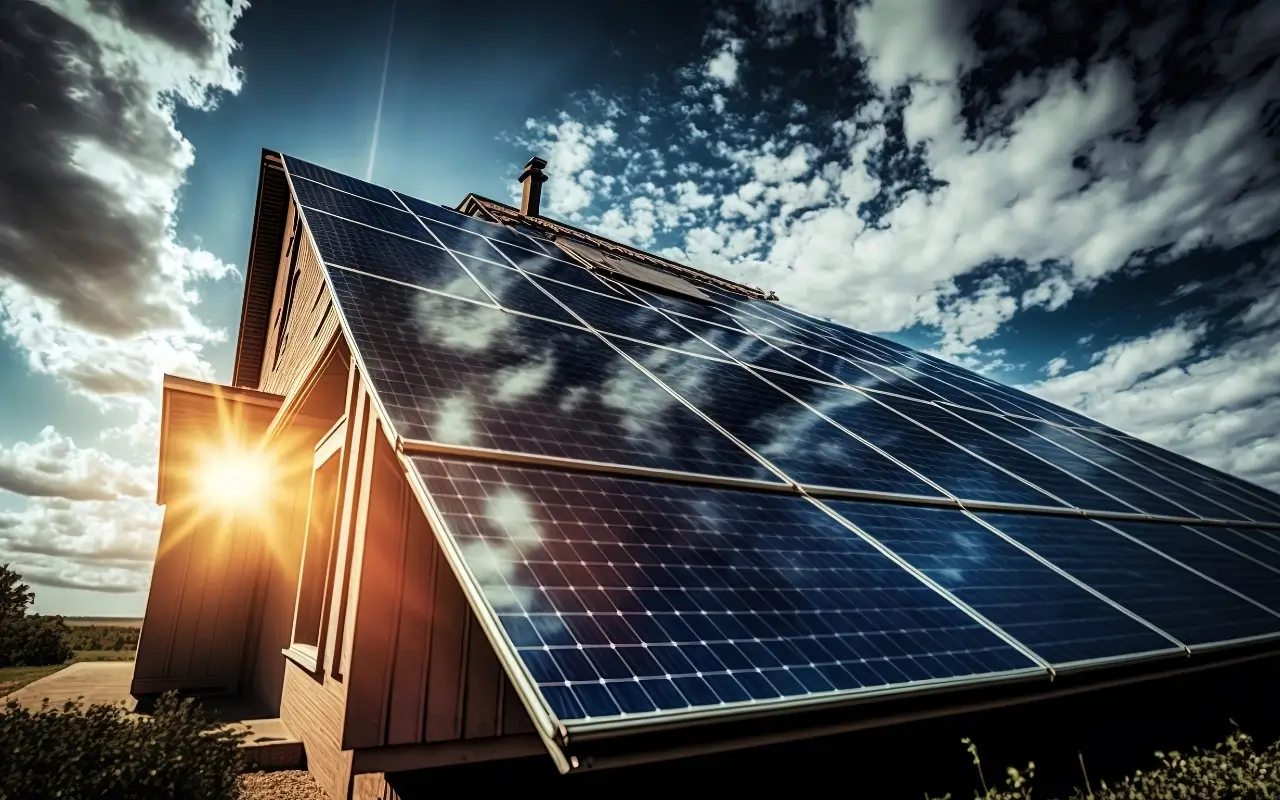
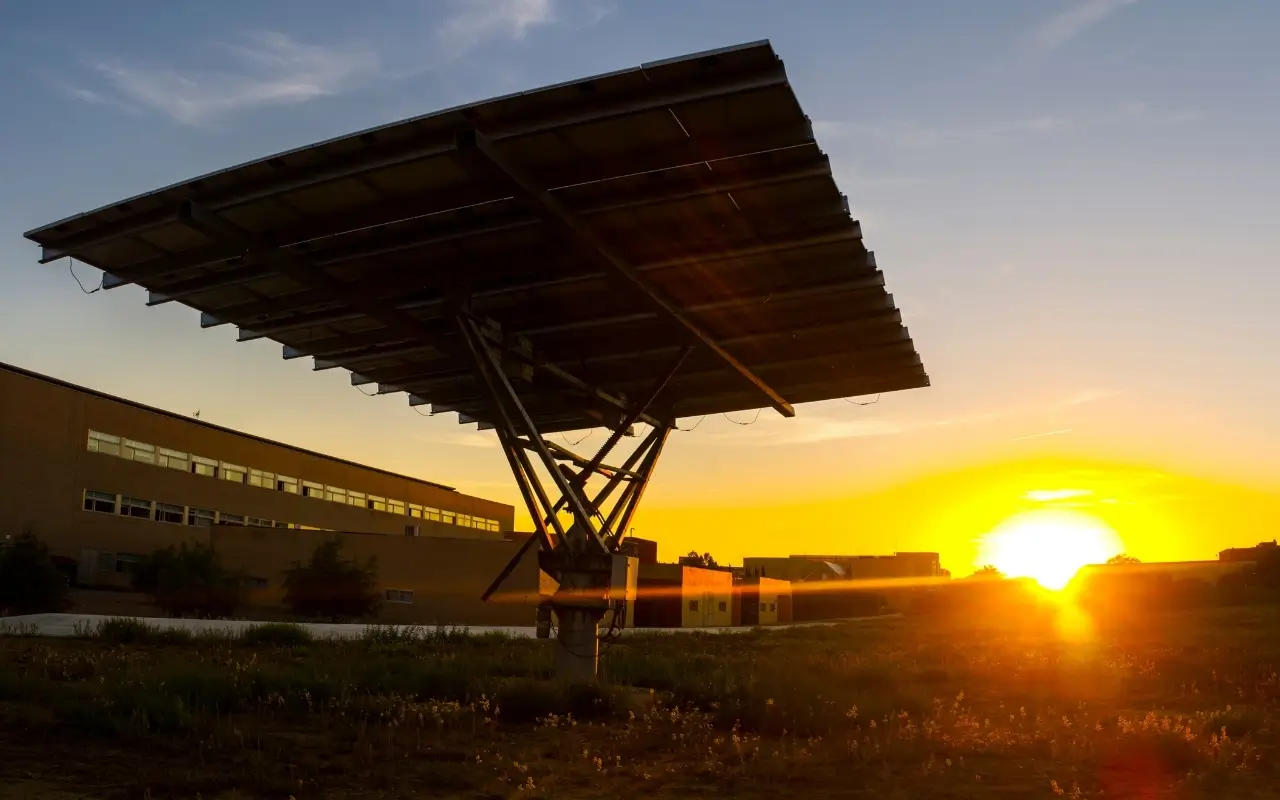
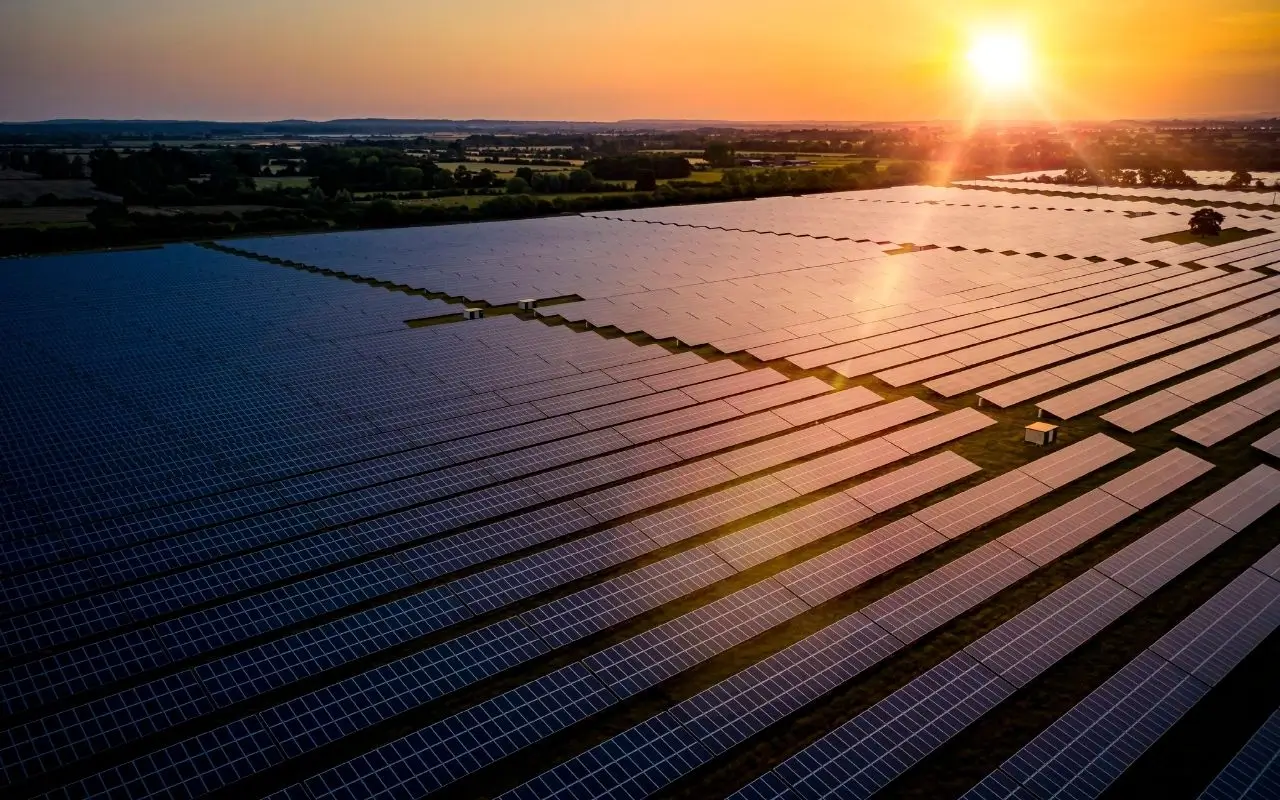
Do Comment